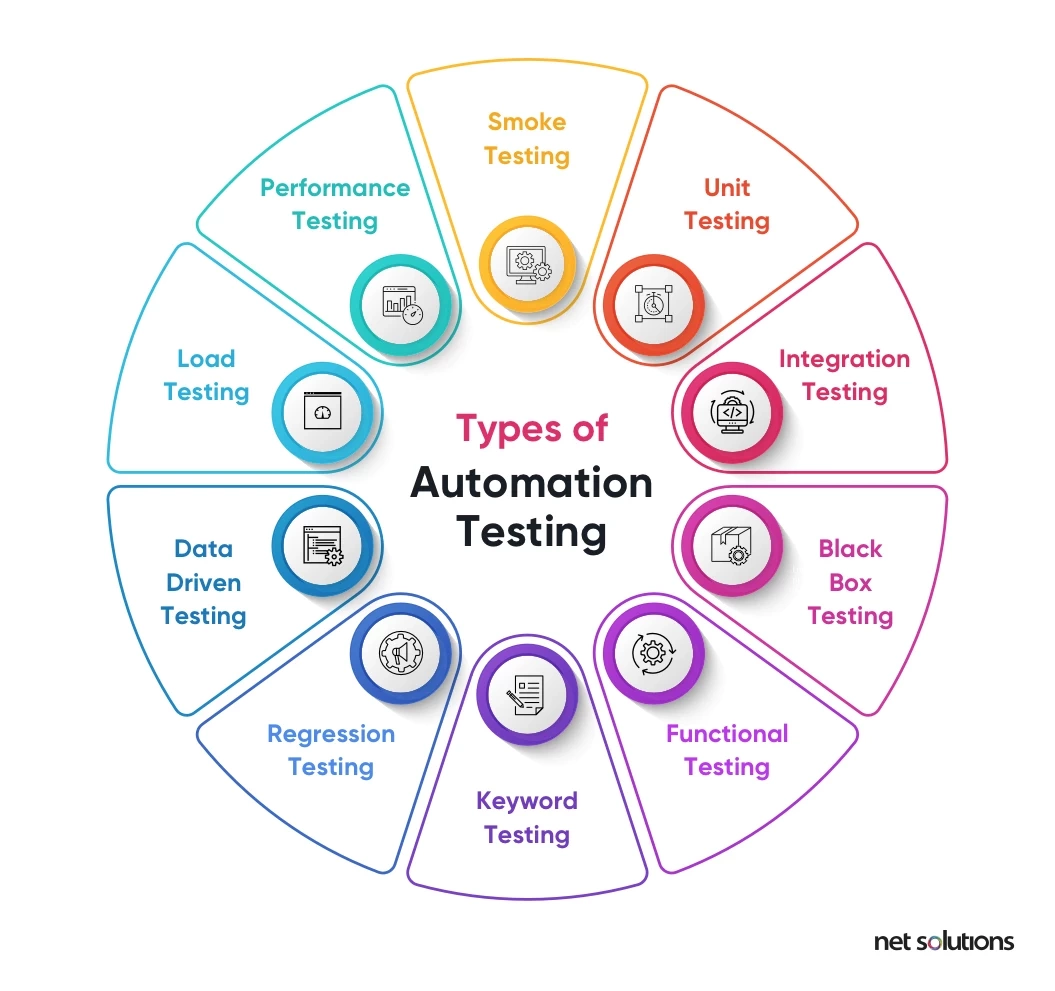The Significance of Automation Testing in Agile Advancement Atmospheres
The Significance of Automation Testing in Agile Advancement Atmospheres
Blog Article
From Guidebook to Automated Screening: A Comprehensive Overview to Transitioning Efficiently and Properly
In the world of software program testing, the change from handbook to automated processes has actually become a significantly essential transition for organizations looking for to enhance performance and accuracy in their screening methods. The trip from manual to automated screening is not without its challenges, however when approached tactically and with a clear plan in mind, the advantages can be substantial.
Benefits of Automated Examining
Automated screening offers various benefits, boosting performance and accuracy in software development processes. Automated tests can be run concurrently on numerous devices and operating systems, significantly speeding up the testing stage contrasted to hand-operated testing.
Additionally, automated testing ensures a higher level of accuracy in finding issues. Since automated examinations adhere to predefined manuscripts, human mistake is minimized, resulting in more trustworthy examination outcomes. Consistency in testing is also improved, as automated tests execute the very same actions specifically each time they are run. This uniformity is vital in making sure that all performances of the software application are completely evaluated, reducing the likelihood of unseen pests slipping through to production.
Selecting the Right Devices

Firstly, assess your requirements and objectives. Comprehend the scope of your task, the modern technologies entailed, and the capability of your team. This analysis will certainly aid you establish the attributes and abilities you require in your testing devices.
Second of all, think about the compatibility of the tools with your existing procedures and systems. Smooth combination with your current software growth lifecycle is necessary to make sure a smooth shift to automation.
Additionally, evaluate the scalability and adaptability of the tools. As your testing requires progress, the tools need to have the ability to adapt and fit modifications effectively.
Last but not least, consider the support and area around the tools. When applying automated screening, robust support and an active user neighborhood can supply beneficial resources and assistance. By carefully thinking about these aspects, you can choose the right tools that straighten with your needs and set the stage for an effective change to automated screening.
Writing Efficient Examination Scripts

When crafting test scripts, it is vital to think about the specific needs of the software being examined and make certain that the manuscripts address all important capabilities. Clear and about his detailed naming conventions for test scripts and test situations can boost readability and maintainability. Furthermore, incorporating error handling systems within the test scripts can help in recognizing and addressing problems quickly.
In addition, organizing examination scripts into modular parts can enhance reusability and scalability, lowering redundancy and enhancing effectiveness in examination script upkeep. Normal evaluations and updates to evaluate scripts are important to equal evolving software application demands and capabilities. By following these principles, testers can develop reliable and robust examination scripts that contribute substantially to the success of automated screening processes.
Integrating Automation Into Workflows
By perfectly integrating automated testing tools like Selenium or Appium into the software growth lifecycle, groups can accomplish faster responses on code modifications, leading to quicker insect detection and resolution. This integration allows for constant testing throughout the growth process, making certain that any kind of problems are determined early on, resulting in greater software application high quality. Proper integration of automation devices requires collaboration between advancement, screening, and operations teams to develop like it a unified operations that maximizes try this site efficiency and effectiveness in providing top quality software program items.
Guaranteeing a Smooth Change
Efficiently transitioning to automated screening entails careful preparation and cautious execution to minimize disruptions and maximize efficiency in the software advancement process - automation testing. To make sure a smooth change, it is important to start by performing a comprehensive evaluation of the existing testing processes and identifying locations where automation can bring one of the most considerable benefits. Involving with all stakeholders beforehand in the process, including developers, testers, and project supervisors, is essential for gathering support and buy-in for the automation campaign
Interaction is crucial during this transition phase. Clear interaction of the objectives, advantages, and expectations of automated testing aids to manage any resistance or problems that may emerge. In addition, giving sufficient training and resources for team members to upskill in automation tools and techniques is essential for making sure an effective shift.

Verdict
To conclude, transitioning from manual to automated screening supplies numerous benefits, including increased effectiveness and dependability. By choosing the suitable devices, writing reliable examination scripts, and incorporating automation seamlessly into process, organizations can ensure a smooth and effective shift. It is crucial to accept automation as a valuable possession in software testing procedures to improve total top quality and efficiency.
In the realm of software screening, the shift from guidebook to automated processes has come to be a progressively essential transition for organizations looking for to boost efficiency and accuracy in their screening techniques. Automated examinations can be run at the same time on numerous devices and running systems, significantly speeding up the screening phase contrasted to hands-on testing. Uniformity in screening is also improved, as automated examinations carry out the exact same actions specifically each time they are run.To ensure the effective application of picked screening tools, the development of reliable examination scripts plays a crucial function in verifying the performance and performance of automated processes - automation testing. By following these principles, testers can create efficient and durable test scripts that add dramatically to the success of automated screening processes
Report this page